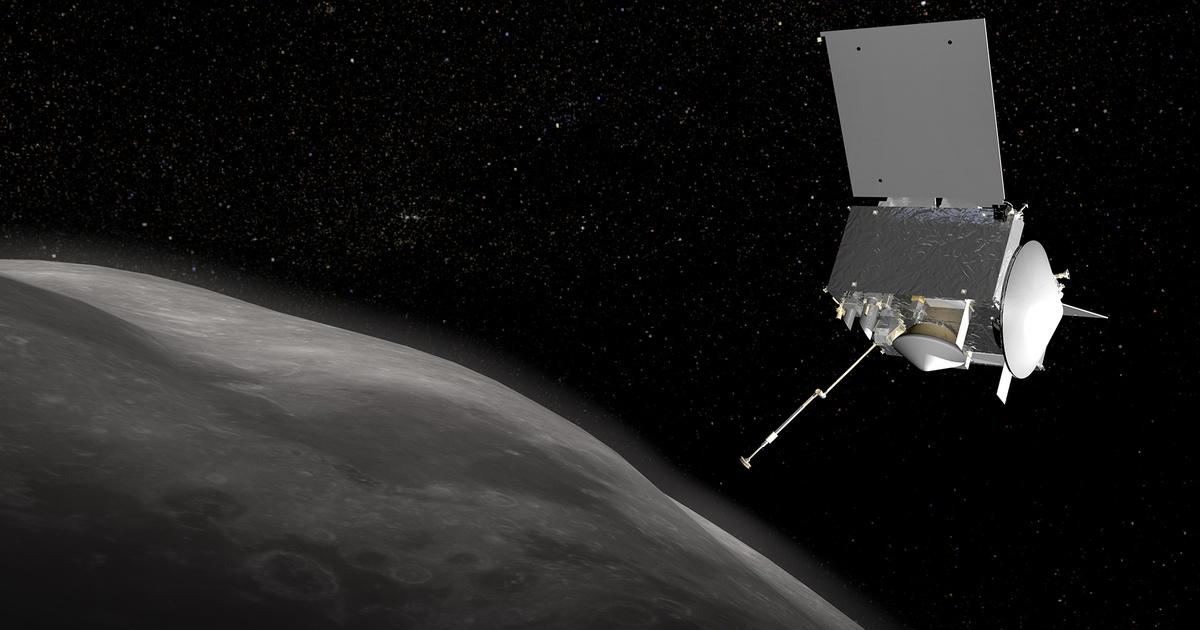JimBowie1958
Old Fogey
- Sep 25, 2011
- 63,590
- 16,756
- 2,220
First, lets note that a single class S asteroid approximately 100 meters diameter has about $10 trillion in minerals in it, and here is a map showing how many asteroids there are inside Jupiter's orbit.

These are only the asteroids large enough to be seen from Earth, there a thousands times that that are smaller and more easily manipulated.
The rough concept is that we finally achieve low cost Earth to space transport of some means, either a cheap easily re-usable shuttle like the Dragon or a space elevator.
Initially, we would be learning how to do this industry by mining Near Earth Asteroids, of which there are counted more than 10,000 of 1oo meters diameter or more already.
We would have to set up permanent space stations at the Lagrange points 1 and 2 where as much manufacture as possible is done to reduce weight of Earth2Space lift.
These activites would be robot repair, resource refining, forging and smelting and fuel processing from Class C asteroids. Warehousing would be an increasingly important capability as well as communication relay.
At this point the emphasis really is on learning how to do things in space and working out the kinks for such processes.
Then we would build stations at L3, L4 and L5 and set up a counter orbit cargo shuttle route that would greatly speed up transport time as it would use the Earth orbital speed to quicken transport of goods. A great amount of fuel would be used in accelerating and decelerating from orbital speeds to reverse orbital speed, so the Class C asteroid refinement has to be fully capable by this point. The cargo shuttles would stay in continual motion, and would steer the cargo in reverse orbit till it comes to a cargo shuttle from the stations at Earth orbit L1 or L2. Then the E1/E2 cargo shuttle craft would have to speed up to catch the released cargo container, then decelerate it and bring it into the E1 or E2 stations.
For simplicity, I am going to refer to the Lagrange points by their planet orbit initial and then the Lagrange number, so instead of saying Earth orbit Lagrange pnt1, it will be simply E1.
The next expansion would be the Martian orbit stations at M1, M2, M3, M4, and M5, as well as a Martian counter-orbit cargo shuttle route also. It would be adapted from the methods and processes for the mining around NEA's.
The red lines show obsolete return routes from orbits further out to those closer to Earth, and the blue show the new proposed return routes using slow shallow curved vectors to redirect the vessel speed.

Of course, this is just the crudest spitballing, but I think it demonstrates that the enormous wealth and industrial potential for space colonization within the inner planets to the Asteroid Belt.
These are only the asteroids large enough to be seen from Earth, there a thousands times that that are smaller and more easily manipulated.
The rough concept is that we finally achieve low cost Earth to space transport of some means, either a cheap easily re-usable shuttle like the Dragon or a space elevator.
Initially, we would be learning how to do this industry by mining Near Earth Asteroids, of which there are counted more than 10,000 of 1oo meters diameter or more already.
We would have to set up permanent space stations at the Lagrange points 1 and 2 where as much manufacture as possible is done to reduce weight of Earth2Space lift.
These activites would be robot repair, resource refining, forging and smelting and fuel processing from Class C asteroids. Warehousing would be an increasingly important capability as well as communication relay.
At this point the emphasis really is on learning how to do things in space and working out the kinks for such processes.
Then we would build stations at L3, L4 and L5 and set up a counter orbit cargo shuttle route that would greatly speed up transport time as it would use the Earth orbital speed to quicken transport of goods. A great amount of fuel would be used in accelerating and decelerating from orbital speeds to reverse orbital speed, so the Class C asteroid refinement has to be fully capable by this point. The cargo shuttles would stay in continual motion, and would steer the cargo in reverse orbit till it comes to a cargo shuttle from the stations at Earth orbit L1 or L2. Then the E1/E2 cargo shuttle craft would have to speed up to catch the released cargo container, then decelerate it and bring it into the E1 or E2 stations.
For simplicity, I am going to refer to the Lagrange points by their planet orbit initial and then the Lagrange number, so instead of saying Earth orbit Lagrange pnt1, it will be simply E1.
The next expansion would be the Martian orbit stations at M1, M2, M3, M4, and M5, as well as a Martian counter-orbit cargo shuttle route also. It would be adapted from the methods and processes for the mining around NEA's.
The red lines show obsolete return routes from orbits further out to those closer to Earth, and the blue show the new proposed return routes using slow shallow curved vectors to redirect the vessel speed.
Of course, this is just the crudest spitballing, but I think it demonstrates that the enormous wealth and industrial potential for space colonization within the inner planets to the Asteroid Belt.
Last edited:




